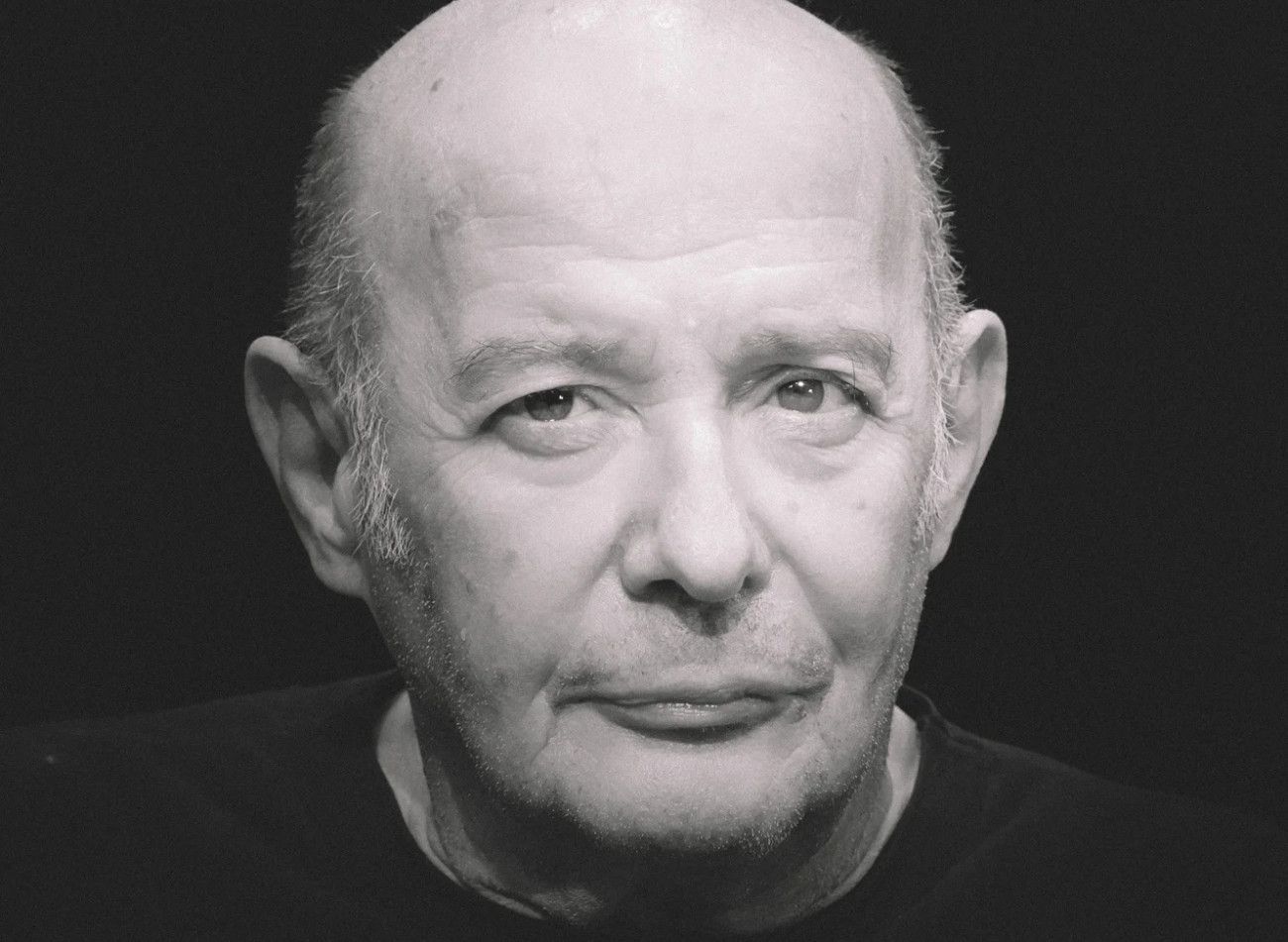Are you right? The importance of posture for the mental constitution

Short test question at the beginning: How do you sit right now? Erected, but relaxed or more sunken, with a round back and slack stomach? And how do you feel?
An upright posture is not only good for the spine and improves our entire appearance, but also influences our mood, is the psychologist and psychotherapist Prof. Johannes Michalak convinced of the German University of Witten-Herdecke.
In the interview, he explains how to get more awareness of your attitude and thus be able to give positive impulses for the psyche.
Prof. Michalak, they research how body and psyche influence each other. What does posture say about the mental constitution?
Man is a unity of body and mind. Our body has a great influence on whether we feel good or not. If we have pain, it can hit our psyche. The same applies the same: depressive people are characterized by a sunken posture and a slow walk. The body reflects how the psyche is doing.
The so-called embodiment research (from English embodiment) has shown that there is an interaction between the psyche and body. If the body is neglected, this leads to an imbalance and well -being can deteriorate.
After years at the desk, the shoulders have tipped a little, the back often hangs through. Do you have to assume that this has a negative impact on the psyche?
A lot plays in there. There are components that set positive impulses for the psyche, other negative – as I talk, as I think, with which people I surround myself, what resources I have … but the body and the attitude are also one of these components.
If I have a certain tendency to depression and a poor posture anyway, the body always sends a small, subtle signal. It is already possible that this will affect my psyche unfavorably for weeks, months and years.
Johannes Michalak is a professor of clinical psychology and psychotherapy at the University of Witten-Herdecke. With his team, he has been examining the connection between psyche and attitude for many years. Photo: Jürgen Appelhans
How can this close connection between mood and attitude be scientifically explained?
In psychology we assume that there are memory networks in our brain. You can imagine it like a network of nodes that are connected. Certain thoughts and inner pictures are also organized for certain emotions such as sadness or joy, but also postures. We are often not so aware of it, but emotions like joy are associated with our experiences.
Perhaps you were thrown up by the father or hugged in your arms. Even if we show joy differently, it is more likely to express itself as something erected, upwards.
And here you can start if you feel depressed and upgrade consciously?
Yes, the thought is: If a knot from the network is activated, this activation spreads to the other nodes. For example: if you change something to the posture, certain pictorial memories, thoughts and feelings can also appear accordingly. Such a network can be influenced positively via various entrance gates – and one of them may be the physical level.
With hours of sitting it can help to easily change the seating position, e.g. B. to lower the shoulders, tilt your head back or to set up the spine more. Mindfulness exercises are also an advantage. Photo: Shutterstock
Nocturnal teeth grinding – when the jaw is processed stress
So it is best to always sit straight and cross your back?
No, you certainly don’t have to sit upright all the time. But flexibility is important. I often notice it myself: when you sit on the computer all day, is completely absorbed by what you do, it may be that you have little connection to your body and remain in unfavorable postures.
Mindfulness can then be beneficial to get back to the here and now and to see how the body is doing. An app with a mindfulness gong that rings every 10 or 20 minutes is helpful. Every time you can consciously connect to yourself and the body: how do I feel physically? How do I sit? Do my feet have good contact with the floor? How are I in the situation?
And try out whether you want to change your seating position a little: lower your shoulders, take your head back or straighten the spine. And then continue working. Over time, you can learn to change your attitude more often and achieve better physical balance.
What is the optimal posture?
Overall, an upright attitude is worth a lot. Information can be processed a little more positively in this position. Of course you can also hang out to relax. It becomes harmful when you sink together for a long time and for a long time – that probably lowers the energy level and is not good for us
Keeping yourself straight longer is really exhausting.
Many do it. It takes a while for you to change your posture and often be challenging to overcome incorrect postures. A good balance is cheap to challenge yourself, but not to be overexerted. Therefore, you should set realistic goals and bring a lot of patience. Regularity is important, with practice it is always easier over time.
Three tips for more mindfulness for attitude
-
Put the alarm clock at the desk every 30 minutes and briefly pay attention to the body: How do I sit? How do I feel Do I want to change my attitude?
-
Redate stress: In the event of pressure and hustle and bustle, the body releases stress hormones such as cortisol and we tend to “freeze” to freeze physically. By deliberately paying attention to slow breathing – inhaling around six seconds and out on four – the body begins to relax and tense muscles loosen. So that the effect comes into its own, you should breathe slowed down for about ten minutes.
-
Make a « bodyscan » every day: You lie down on a comfortable surface and draw your attention from one area of body to the next without evaluating. Most of the time you start with the toes of your left foot. The meditation exercise has the effect that you focus on the body and learn to be more in the here and now.






